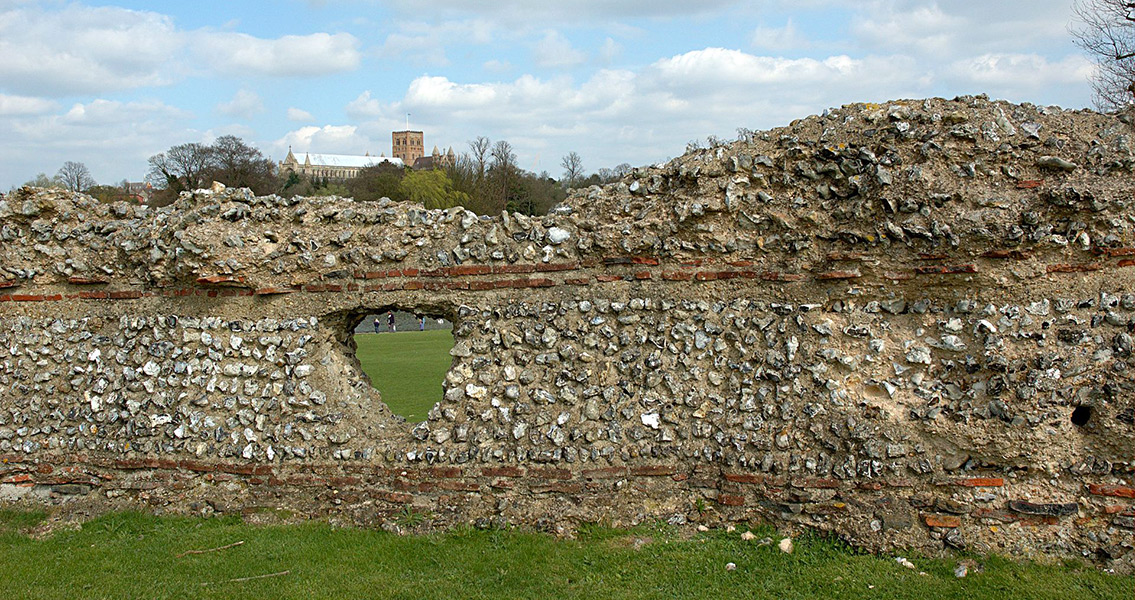<![CDATA[A farmer from Hertfordshire made an unexpected find on his land, in Kelshall, late last year: a metal Roman jug that has now been dated to around 200 CE. After this first artefact was unearthed, the amateur dig continued and yielded a bronze dish and two more jugs from the Roman era. After archaeologists were called in, the number of artefacts rose to include several glass bottles, two mosaic glass dishes, two glass cups, an iron lamp, and a few smaller items, such as hobnails and a wall mounting bracket. The items were analysed and dated, and it is now believed that they were part of a burial site, especially given the fact that one of the glass bottles, a large, hexagonal vessel, contained a cremated bone and a bronze coin dated to 174 CE. The bone remains will have to be examined in more depth to try and find out more about their origin. Perhaps the most fascinating objects from the find, however, are the mosaic dishes - none of their kind had been ever found in Britain before, and it has been suggested that they were made in Alexandria, Egypt. This, as well as the variety and amount of artefacts discovered at the site, has led researchers to believe that whoever was buried there had been a wealthy person. At the moment all the items are the property of the landowner, but local authorities are working to acquire them so they can be put on display in a new museum that will open next year in Northern Hertfordshire. Otherwise, says Keith Fitzpatrick-Matthews, the Archaeology and Outreach Officer for North Herts, they may be sold into a private collection and the public will not have access to them. This would be “a disaster”, given the rarity of the items, not just for the region but for the whole country. According to Fitzpatrick-Matthews, archaeologists are very excited about the finds and look forward to being able to examine them in depth. Hertfordshire boasts some major archaeological sites from the period of Roman rule in Britain. It is home to the remains of Verulamium, one of the first settlements to be granted Roman city status, as early as 50 CE, just seven years after the start of the occupation that would last more than three centuries. Verulamium was destroyed by the notorious Boudicca, queen of the Iceni tribe, in 61 CE, as reflected in written Roman records and a layer of ash in the remains of the city. Another significant find from the Roman era is the Gadebridge villa, which is thought to have housed the second-largest Roman baths in Britain. The villa seems to have been in use for most of the Roman occupation, perhaps starting out as a farmstead but after 43 CE being repeatedly expanded to include a swimming pool, other bathing facilities, heated rooms, and a courtyard. The Roman hold over Britain weakened with time, partly reflecting the decline of the empire itself, and partly because of the persistent attacks from Anglo-Saxons, Irish, and Picts. By 425 CE, Britain had ceased to be a Roman territory. Image courtesy of Wikimedia Commons user: Gary Houston Ghouston ]]>
Roman Artefacts Unearthed in Hertfordshire
